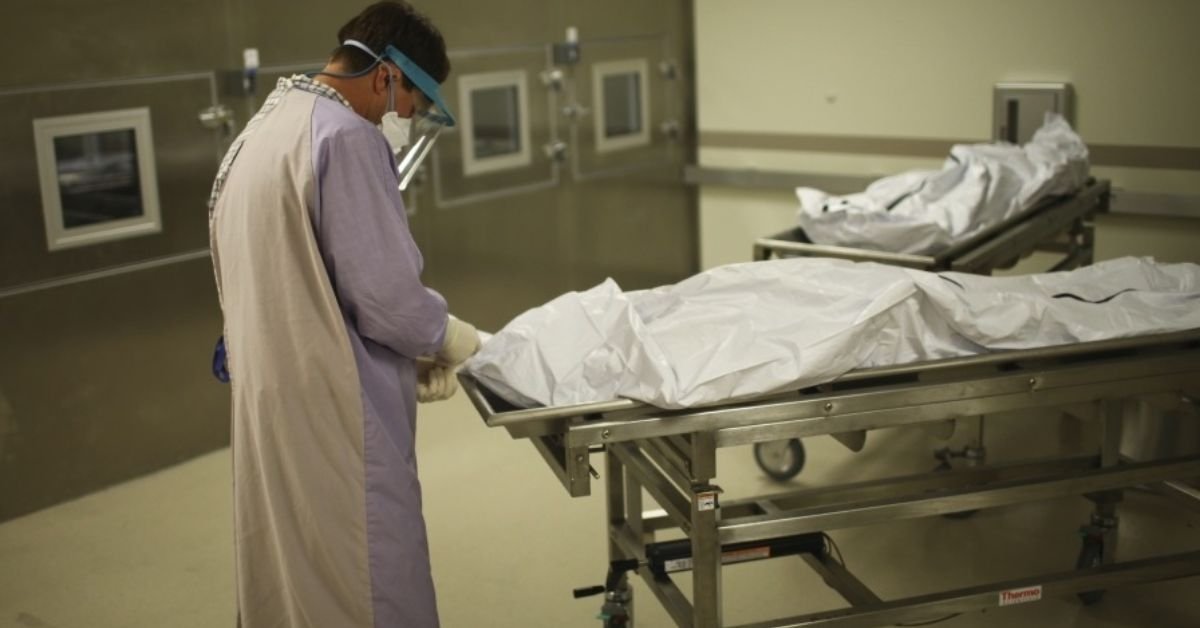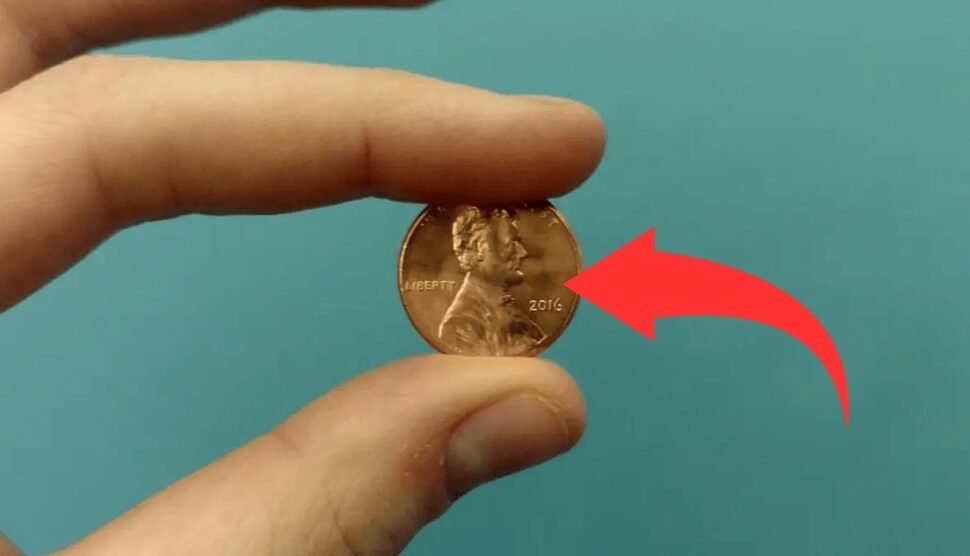Florida maintains one of the most structured medicolegal death investigation systems in the United States. Administered under Chapter 406, Florida Statutes, this system is organized into 25 medical examiner districts, each serving one or more counties. Florida employs a district medical examiner model rather than an elected coroner system, ensuring professional oversight and consistency statewide.
This article provides an in-depth overview of the medical examiner districts in Florida, detailing their structure, responsibilities, and geographic jurisdiction, with a full listing of all 25 districts.
Legal and Administrative Framework
Florida’s medical examiner districts were established to provide unbiased, scientifically based investigations of certain deaths, including violent, unnatural, unexplained, or custodial deaths, as defined in Florida Statute §406.11. District medical examiners are appointed physicians—licensed and trained in forensic pathology—who serve at the discretion of the Florida Medical Examiners Commission (FMEC), a division of the Florida Department of Law Enforcement (FDLE).
The FMEC oversees appointments, conducts audits, investigates complaints, and ensures that district practices comply with statewide forensic and legal standards.
Structure of the District System
Each of Florida’s 67 counties is assigned to one of the 25 medical examiner districts. District boundaries typically align with judicial circuits or regional health jurisdictions. While some districts serve only one county, others span multiple, especially in rural areas.
Below is the complete list of Florida’s 25 medical examiner districts, the counties they cover, and their central or administrative locations.
List of Florida Medical Examiner Districts
| District | Counties Covered | Principal Office Location |
|---|---|---|
| District 1 | Escambia, Okaloosa, Santa Rosa, Walton | Pensacola |
| District 2 | Franklin, Gadsden, Jefferson, Leon, Liberty, Taylor, Wakulla | Tallahassee |
| District 3 | Columbia, Dixie, Hamilton, Lafayette, Madison, Suwannee | Lake City |
| District 4 | Clay, Duval, Nassau | Jacksonville |
| District 5 | Citrus, Hernando, Lake, Marion, Sumter | Leesburg |
| District 6 | Pinellas, Pasco | Largo |
| District 7 | St. Johns, Volusia, Flagler, Putnam | Daytona Beach |
| District 8 | Alachua, Baker, Bradford, Gilchrist, Levy, Union | Gainesville |
| District 9 | Orange, Osceola | Orlando |
| District 10 | Hardee, Highlands, Polk | Winter Haven |
| District 11 | Miami-Dade | Miami |
| District 12 | DeSoto, Manatee, Sarasota | Sarasota |
| District 13 | Hillsborough | Tampa |
| District 14 | Bay, Calhoun, Gulf, Holmes, Jackson, Washington | Panama City |
| District 15 | Palm Beach | West Palm Beach |
| District 16 | Monroe | Key West |
| District 17 | Broward | Fort Lauderdale |
| District 18 | Brevard, Seminole | Rockledge |
| District 19 | Indian River, Martin, Okeechobee, St. Lucie | Fort Pierce |
| District 20 | Charlotte, Collier, Glades, Hendry, Lee | Fort Myers |
| District 21 | Lee, Hendry, Glades (merged with 20 in practice) | Fort Myers |
| District 22 | Charlotte (may functionally merge with District 20) | Punta Gorda |
| District 23 | St. Johns, Flagler, Putnam (often integrated with 7) | St. Augustine |
| District 24 | Nassau (covered under District 4 for services) | Jacksonville |
| District 25 | Union, Gilchrist, Lafayette (covered by District 8) | Gainesville |
Note: Some smaller districts may share resources or functionally operate under the supervision of a neighboring district. District numbers and boundaries are periodically reviewed for efficiency and caseload balance.
Responsibilities of Medical Examiner Districts
District offices are legally responsible for investigating the following categories of death:
- Homicides, suicides, and accidents
- Deaths of persons in police custody or correctional facilities
- Unattended deaths (those without recent medical care)
- Unexpected deaths of apparently healthy individuals
- Deaths resulting from employment or environmental exposure
- Deaths that constitute a threat to public health (e.g., infectious disease outbreaks)
Each office is staffed with a team that may include forensic pathologists, medicolegal death investigators, autopsy technicians, toxicologists, and administrative personnel. Larger offices may employ specialized experts such as forensic anthropologists and odontologists.
Governance and Oversight
Medical examiners are appointed by the local Board of County Commissioners and must be approved by the Florida Medical Examiners Commission. Their term length is generally three years, with periodic performance evaluations.
To qualify, a District Medical Examiner must:
- Hold an active Florida medical license
- Be board-certified or board-eligible in forensic pathology
- Demonstrate competency in death investigation, legal procedures, and ethical standards
The FMEC provides ongoing oversight through audits, investigations, training recommendations, and review of complaint reports. Districts that fail to comply with operational or professional standards may be subject to disciplinary action.
Funding and Administrative Operations
Each district is funded at the county level, meaning that the Board of County Commissioners allocates the annual budget for personnel, equipment, facilities, and administrative support. While budgetary decisions are local, professional practice and casework remain under the autonomous authority of the District Medical Examiner.
Some districts handle more than 3,000 autopsies annually, particularly in metropolitan areas such as Miami-Dade (District 11), Hillsborough (District 13), and Orange County (District 9).
Public Records and Accessibility
All medical examiner reports and autopsy findings are subject to Florida’s public records laws (Chapter 119, Florida Statutes). Autopsy reports and death investigation findings are generally available to the public unless exempted by law, such as in cases involving minors, active criminal investigations, or sensitive public health issues.
District offices are also responsible for responding to public record requests and coordinating with families, legal representatives, and the media.
Challenges and Future Considerations
Medical examiner districts in Florida face evolving challenges, including:
- Increasing caseloads due to population growth and drug-related deaths
- Shortage of board-certified forensic pathologists
- Infrastructure limitations in rural districts
- Demand for advanced toxicological and genetic testing
To address these, the state and local jurisdictions are investing in:
- Forensic pathology fellowship programs
- Digital records and case management systems
- Facility upgrades and cross-district collaboration
- Interagency training with law enforcement and public health partners
Conclusion
Florida’s 25 medical examiner districts form the cornerstone of its medicolegal death investigation system. Grounded in statute and overseen by a centralized commission, each district is equipped to investigate deaths in a professional, unbiased, and medically sound manner.
The district model balances statewide consistency with local accountability, ensuring public trust in the integrity of forensic investigations. As the population continues to grow and forensic science advances, maintaining robust and well-supported medical examiner districts will remain essential to Florida’s public safety and public health systems.
References
- Florida Statutes, Chapter 406 – Medical Examiners; Disposition of Human Remains
- Florida Medical Examiners Commission – https://www.fdle.state.fl.us/MEC
- Florida Department of Law Enforcement – https://www.fdle.state.fl.us
- American Board of Pathology – https://www.abpath.org












